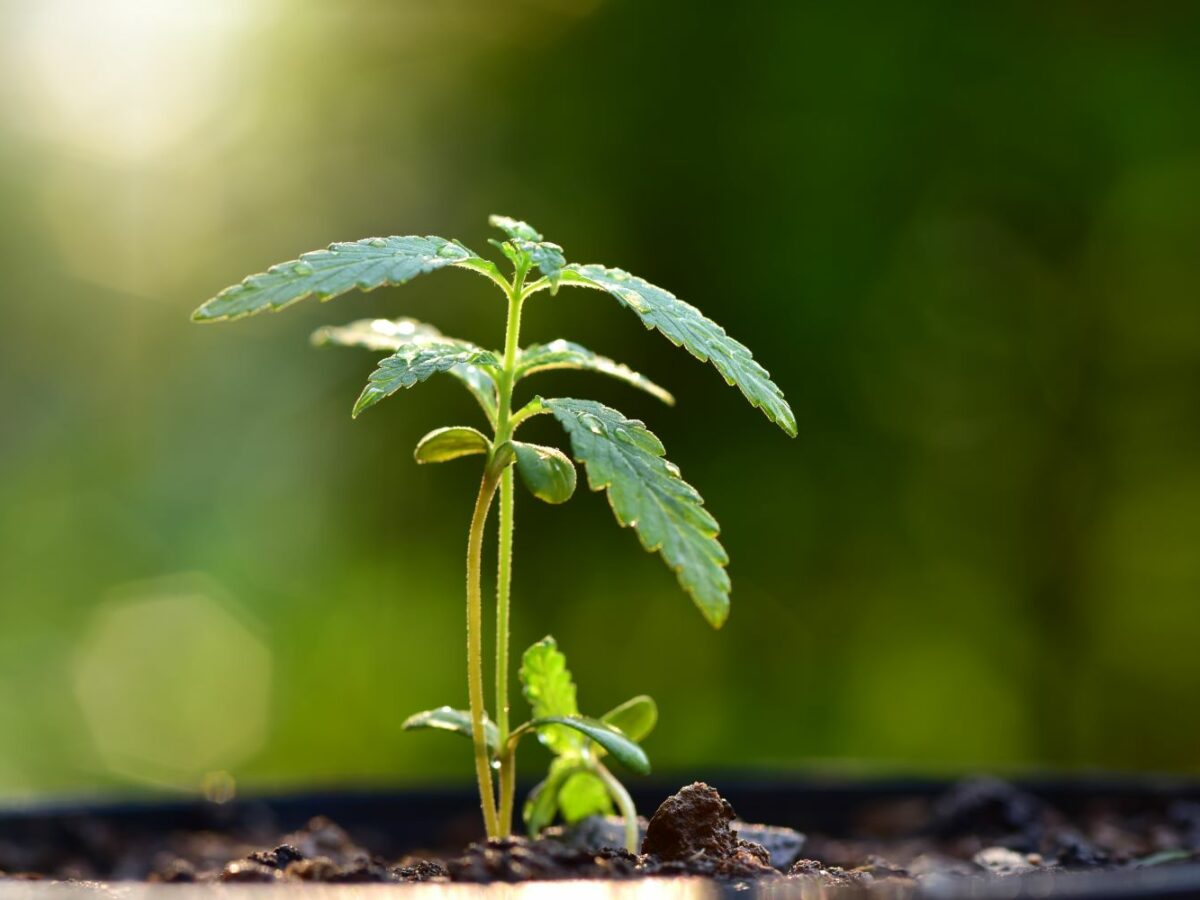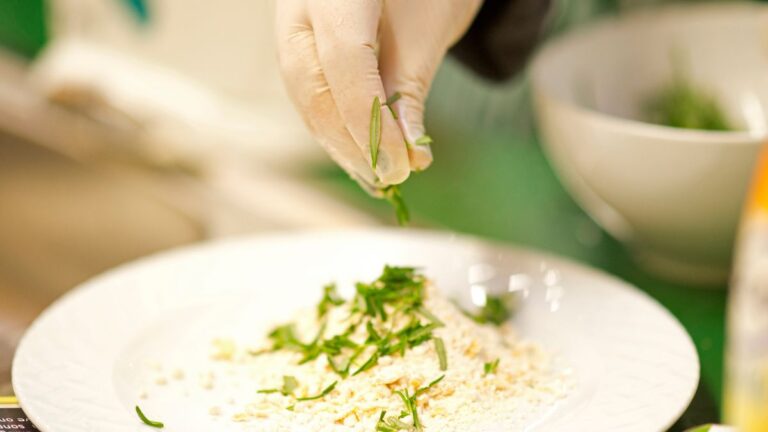What Makes a Healthy Hanfsteckling: Key Growth Indicators
A healthy Hanfsteckling is the foundation of a strong and productive Cannabis Pflanze. Whether you are a beginner or an experienced grower, understanding how to identify and maintain healthy clones is key to the success of your Anbau. Poor-quality Stecklinge lead to weak roots, stunted growth, and reduced Ertrag.
This guide explains the key signs of a healthy Hanfsteckling, environmental factors influencing its vitality, and essential Pflege steps to ensure optimal Wachstum.
1. Understanding the Hanfsteckling and Its Role in Cultivation
A Hanfsteckling is a cutting taken from a mature Cannabis Pflanze and rooted to grow as a clone. It is genetically identical to the mother plant, preserving desirable characteristics such as potency, aroma, and yield potential.
Unlike growing from seed, cloning with Stecklinge saves time and ensures consistency in Anbau.
Key advantages of using Hanfstecklinge:
- Faster growth since the germination phase is skipped.
- Uniform cannabinoid and terpene profiles.
- Predictable flowering and yield outcomes.
- Cost-effective for both home and commercial growers.
Success, however, depends on starting with a strong, pest-free Hanfsteckling. A weak or infected cutting can compromise the entire cultivation cycle.

2. Visual Signs of a Healthy Hanfsteckling
Healthy clones show clear physical traits that signal strong genetics and balanced conditions. When selecting or maintaining Stecklinge, check for these essential indicators:
Color and Appearance
Leaves should be vibrant green with no yellowing or dark spots. Pale leaves suggest nutrient deficiencies, while dark or patchy areas may indicate fungal infections or overwatering.
Stem Firmness
A solid, slightly flexible stem means the Hanfsteckling is structurally sound. Soft, mushy stems are early signs of rot or excess moisture in the rooting medium.
Root Development
Healthy roots appear white, fibrous, and evenly spread. Brown or slimy roots indicate poor oxygen exchange and are unhealthy. Robust roots ensure stable nutrient uptake and continuous growth.
Leaf Shape and Turgor
Leaves should appear perky, wide, and open. Drooping or curling indicates stress, temperature changes, or insufficient light exposure.
Absence of Pests or Mold
Inspect both sides of the leaves and the soil surface. A clean Hanfsteckling should have no spider mites, thrips, or white mold residue. Early pest detection prevents long-term infestation in the grow area.
3. Environmental Factors Affecting Hanfsteckling Health
Even a perfect Hanfsteckling can fail if environmental conditions are not controlled. Temperature, humidity, light, air, and nutrition are crucial for root initiation and healthy growth. Precision ensures strong, resilient clones whether in small-scale or professional Anbau.
Temperature Control
Maintain a stable environment between 20°C and 26°C. Below 18°C, root metabolism slows, delaying growth. Above 28°C, stress and dehydration occur due to rapid transpiration.
Use heat mats or thermostatic propagators for warmth. Install fans or vents to expel excess heat in enclosed spaces. Always monitor conditions using digital thermometers for consistency.
Humidity Balance
Hanfstecklinge thrive at 70–80% humidity during early rooting. This moisture allows them to absorb water through their leaves while roots form.
After root establishment, gradually lower the humidity to 55–60% to harden the plant. Excessive humidity fosters mold, while low humidity dries the leaves. Use humidity domes, misting systems, and hygrometers for precise control.
Light Intensity and Spectrum
Light drives photosynthesis and root energy. Use LED or fluorescent lights placed 40–60 cm above the clones. Avoid harsh light that burns the leaves.
As rooting progresses, extend exposure to 16–18 hours daily using cool-white 6500K LEDs. Reflective surfaces like Mylar or white panels improve light distribution and uniform Wachstum.
Air Circulation and Oxygen Exchange
Gentle airflow strengthens stems and prevents mold or pest buildup. Use a small oscillating fan to maintain constant, mild air movement.
Avoid strong direct airflow that dries the leaves. Periodically open vents to refresh CO₂ levels and support photosynthesis.
Medium and Nutrients
Select a sterile, oxygen-rich substrate such as rockwool, coco coir, or perlite. The medium should retain moisture without suffocating roots.
For the first 10–14 days, feed only water and mild rooting hormone. Over-fertilization can burn delicate roots.
Once established, apply a balanced nutrient mix:
- Nitrogen (N): Encourages leaf and stem development.
- Phosphorus (P): Strengthens root growth.
- Potassium (K): Improves stress resistance and structure.
Maintain pH between 5.8 and 6.2 to prevent nutrient lockout. Test water regularly to keep absorption optimal.
CO₂ Enrichment (Advanced Growers)
After rooting, enriching CO₂ to 800–1000 ppm can accelerate growth and biomass production. This step is optional and suited for experienced cultivators with stable environments.
4. Pflege Tips for Strong Growth and Disease Prevention
Consistency and hygiene define success in Hanfsteckling Pflege. Follow these best practices to promote healthy development.
Maintain Clean Tools and Environment
Always sterilize scissors, trays, and containers before and after use. Contaminated tools are a primary source of pathogen spread.
Hydration Management
Water lightly but frequently. The medium should remain moist, not soggy. Standing water promotes fungal infections.
Rooting Hormone Use
Dip each cutting in a rooting gel or powder to stimulate faster root initiation and protect the cut from bacteria.
Gradual Acclimatization
Once roots develop, gradually lower the humidity and increase light exposure. Sudden environmental shifts can shock the plant and slow growth.
Pest and Disease Monitoring
Inspect clones daily for insects or mildew. Use Neem oil or biological treatments to maintain an organic Anbau process.
Nutrition After Rooting
Once established, introduce a light feeding schedule with nitrogen-rich fertilizer. This encourages leaf expansion and stem development.
Pruning and Training
Trim lower leaves touching the soil to improve airflow. Pinch new tips gently to promote bushier, more symmetrical growth.
5. Common Problems and How to Fix Them
Even with proper Pflege, challenges can arise. Early action keeps your Cannabis Pflanze healthy and productive.
Yellowing Leaves
Usually caused by overwatering, nutrient imbalance, or light deficiency. Allow the substrate to dry slightly and adjust the lighting distance.
Slow Root Growth
Occurs when temperatures are too low or humidity is excessive. Keep the environment warm with steady airflow.
Wilting
Caused by heat stress or dehydration. Mist the leaves lightly and reduce light intensity until recovery.
Mold or Algae on Medium
Reduce watering frequency and increase ventilation. If the infection spreads, replace the medium immediately.
Stunted Growth
May result from weak genetics or stress during cloning. Always source clones from reliable mother plants with proven vigor.
6. Selecting Quality Hanfstecklinge for Commercial Anbau
Professional growers rely on certified, pest-free Hanfstecklinge to achieve consistent harvests and high yields. Reliable suppliers ensure both genetic stability and hygiene.
When sourcing, choose suppliers that:
- Provide clones from verified, healthy mother plants.
- Follow strict sanitation during propagation.
- Offer lab-tested, pest-free Stecklinge.
- Maintain ideal packaging and transport conditions.
Purchasing from trusted experts like Hanfstecklingshop.de ensures superior clone health and dependable growth performance across every stage of Anbau.
Keep an eye for more latest news & updates on Well Health Organic!






